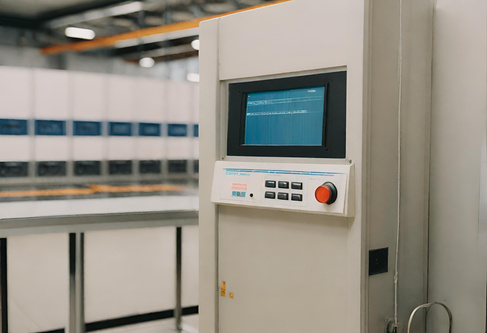
BANKING : an Introduction
Banking can be defined as the business activity of accepting and safeguarding money owned by other individuals and entities, And then lending out this money in order to earn a profit .
Bank is a financial institutions that undertakes the banking activity i.e. it accepts deposits and then lends the same to earn certain profit.

A guide to seamless E-Banking
In the current digitised financial landscape, banks are increasingly shifting their services online, providing customers access to various banking services. It encompasses everything from loans and debit/credit cards to personalised digital financial solutions.
E-banking, also known as online banking, internet banking or virtual banking, is an electronic payment system that enables customers of a bank or other financial institution to conduct a range of financial transactions through the financial institution's website
The Significance of E-Banking
For Client
- Cost Efficiency
E-banking streamlines transactions, saving clients time and money without frequent branch visits.
- No Geographic Barrier
E-banking eliminates geographical constraints, allowing seamless transactions from anywhere.
- Convenience
Clients enjoy 24/7 access to their accounts, managing finances quickly and flexibly.
For Businesses
- Enhanced Efficiency
E-banking automates routine tasks, enhancing business productivity and facilitating seamless operations.
- Cost Reduction
Internet banking cuts costs associated with various financial services, presenting substantial savings for businesses.
- Fraud Prevention
Improved transaction visibility through e-banking acts as a deterrent to fraudulent activities.
For Banks
- Lower Transaction Costs
Electronic transactions prove cost-effective for banks, thus contributing to financial efficiency.
- Error Prevention
The electronic relay of information eradicates the risk of human errors in banking processes.
- Customer Loyalty
Banks offering convenient e-banking services foster higher customer loyalty and satisfaction.

E-Banking Services


AUTOMATED TELLER MACHINE
ATM stands for an “Automated Teller Machine”. An ATM is a computerized device that enables individuals to conduct various banking transactions without the need for a human teller. It provides a convenient way to access and manage our bank accounts, even outside the banking hours.
How Does an ATM Work?
Now that we know what an ATM is, let's delve into how it actually works. At its core, an ATM is a combination of hardware and software components. When you approach an ATM, you insert your plastic card, usually a debit card or credit card, into the card slot. The card contains a magnetic stripe or a chip that stores your account information. Once the card is inserted, you are prompted to enter a Personal Identification Number (PIN) to authenticate yourself as the account holder. Upon successful authentication, the ATM establishes a connection with your bank's network to retrieve your account details. This allows you to perform various transactions such as cash withdrawals, balance inquiries, fund transfers, and even bill payments.


